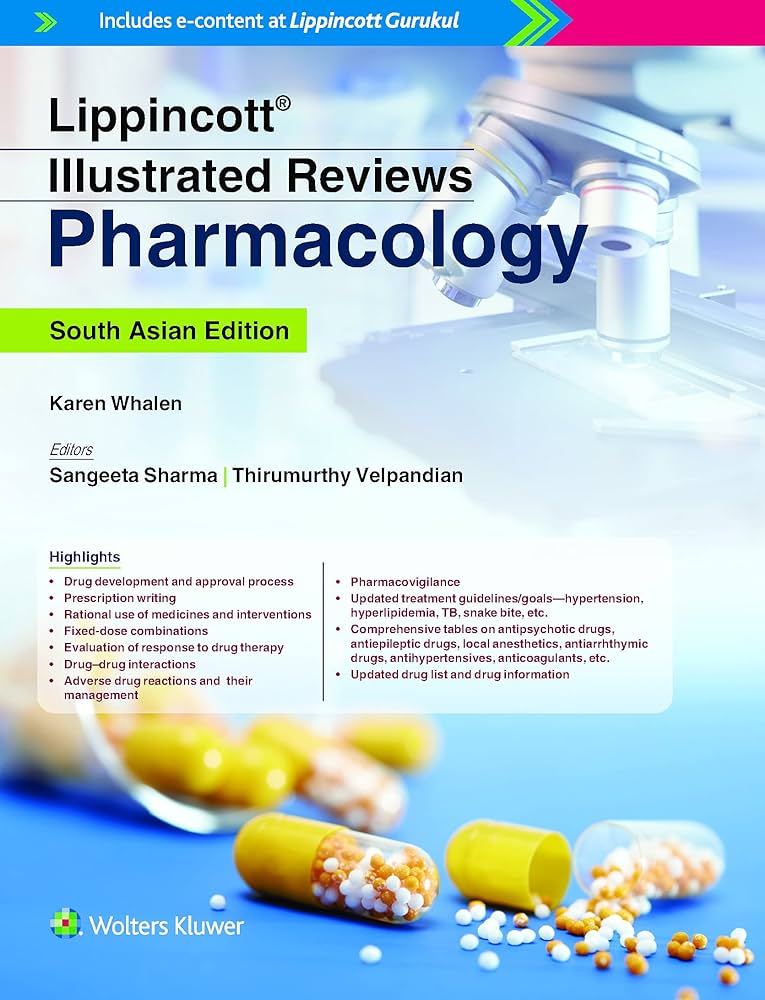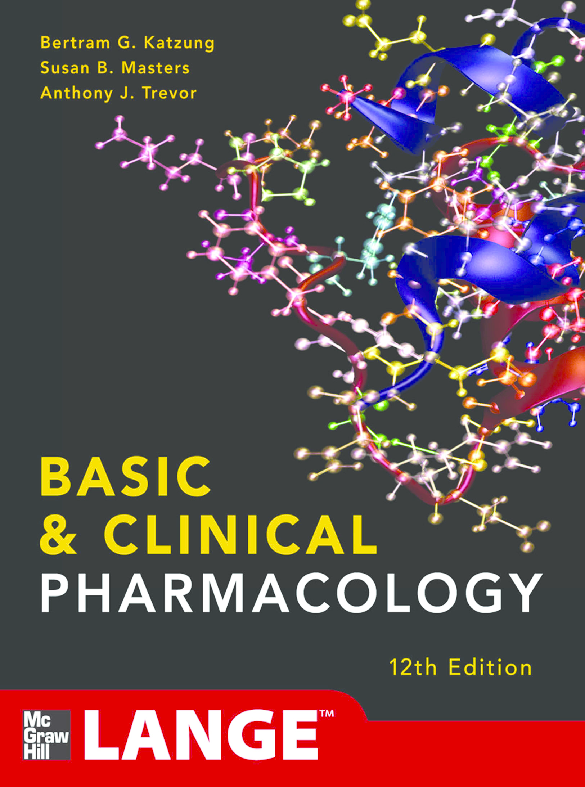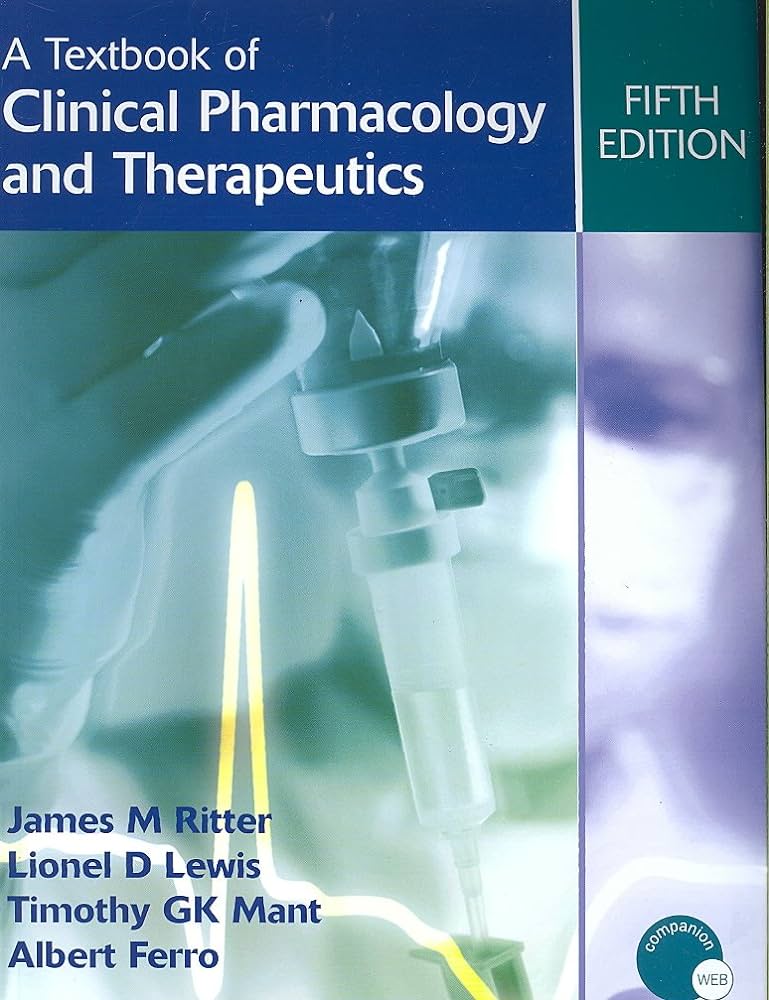Электронная библиотека
Essentials of Medical Pharmacology

- Tripathi KD. Essentials of Medical Pharmacology: 6th Edition. -New Delhi: Jaypee Brothers Medical, -2008. -960 p.
-
Аннотация
The present edition is oriented to reflect the contemporary advancements. All chapters have been updated to include recently introduced drugs and published information. Latest therapeutic guidelines from leading professional bodies, WHO and National Health Programmes have been incorporated, especially in areas like hypertension, hyperlipidaemias, stroke prevention, surgical prophylaxis, tuberculosis, leprosy, malaria, and HIV-AIDS. Recent developments have been highlighted, notably in hormone replacement therapy, aromatase inhibitors, bisphosphonates, selective COX-2 inhibitors, atypical antipsychotics,therapy of diabetes mellitus, heart failure, acute coronary syndromes, Alzheimer’s disease, Parkinsonism, Glaucoma, Kala azar, etc.
Lippincott Illustrated Reviews: Pharmacology

- Karen Whalen Lippincott Illustrated Reviews: Pharmacology: 8th Asian Edition – New Delhi: Wolters Kluwer (India) Pvt. Ltd., 2019. – 881 p
-
Аннотация
Students’ favorite review resource for studying the essentials of medical pharmacology, Lippincott® Illustrated Reviews: Pharmacology, 8th Edition, presents up-to-date drug information in an accessible format ideal for effective review. Part of the popular Lippincott® Illustrated Reviews series, this concise resource features clear writing and hundreds of illustrations that break down complex pharmacological information, so it is understandable and accessible. Sequential images present mechanisms of action and focus on showing rather than telling students how drugs work, and review questions with answers deliver powerful, practical exam preparation.
Basic & Clinical Pharmacology

- Basic & Clinical Pharmacology: 12th Edition - McGraw-Hill, 2012. - 1245 p.
-
Аннотация
This edition continues the sequence used in many pharmacology courses and in integrated curricula: basic principles of drug discovery, pharmacodynamics, pharmacokinetics, and pharmacogenomics; autonomic drugs; cardiovascular-renal drugs; drugs with important actions on smooth muscle; central nervous system drugs; drugs used to treat inflammation, gout, and diseases of the blood; endocrine drugs; chemotherapeutic drugs; toxicology; and special topics. This sequence builds new information on a foundation of information already assimilated. For example, early presentation of autonomic nervous system pharmacology allows students to integrate the physiology and neuroscience they have learned elsewhere with the pharmacology they are learning and prepares them to understand the autonomic effects of other drugs. This is especially important for the cardiovascular and central nervous system drug groups. However, chapters can be used equally well in courses and curricula that present these topics in a different sequence.
A Textbook of Clinical Pharmacology and Therapeutics

- A Textbook of Clinical Pharmacology and Therapeutics: 5th Edition - London, 2008.- 476 p.
-
Аннотация
Fully revised throughout and extensively illustrated, the fifth edition of this well-established textbook has been streamlined to focus on what medical students and junior doctors really need to know in order to understand the implications of prescribing one drug over, or in combination with, another. The text provides current information on all areas of drug prescribing with updated discussion and guidance on such topics as adverse drug reactions, 'personalized medicine', gene and cell-based therapy, advances in cancer therapy, and mechanisms of drug action and treatment guidelines in HIV and mycobacterial infections therapy. A new chapter on alternative medicines and nutraceuticals has been introduced and Further Reading lists have been updated to include key medical websites.
